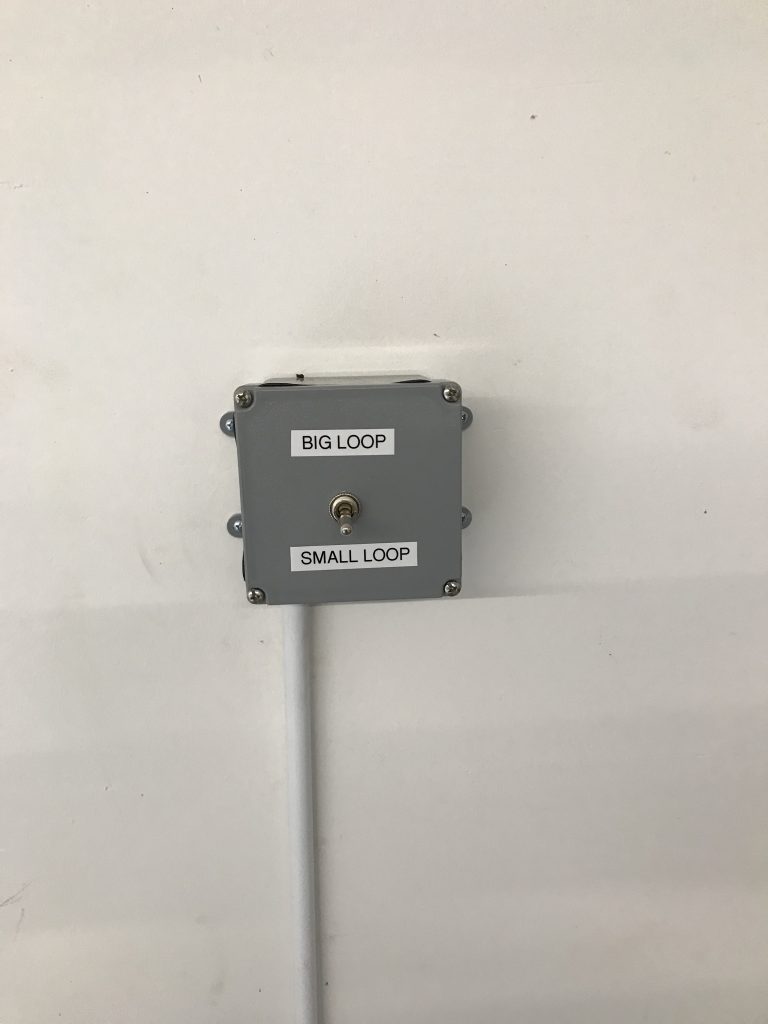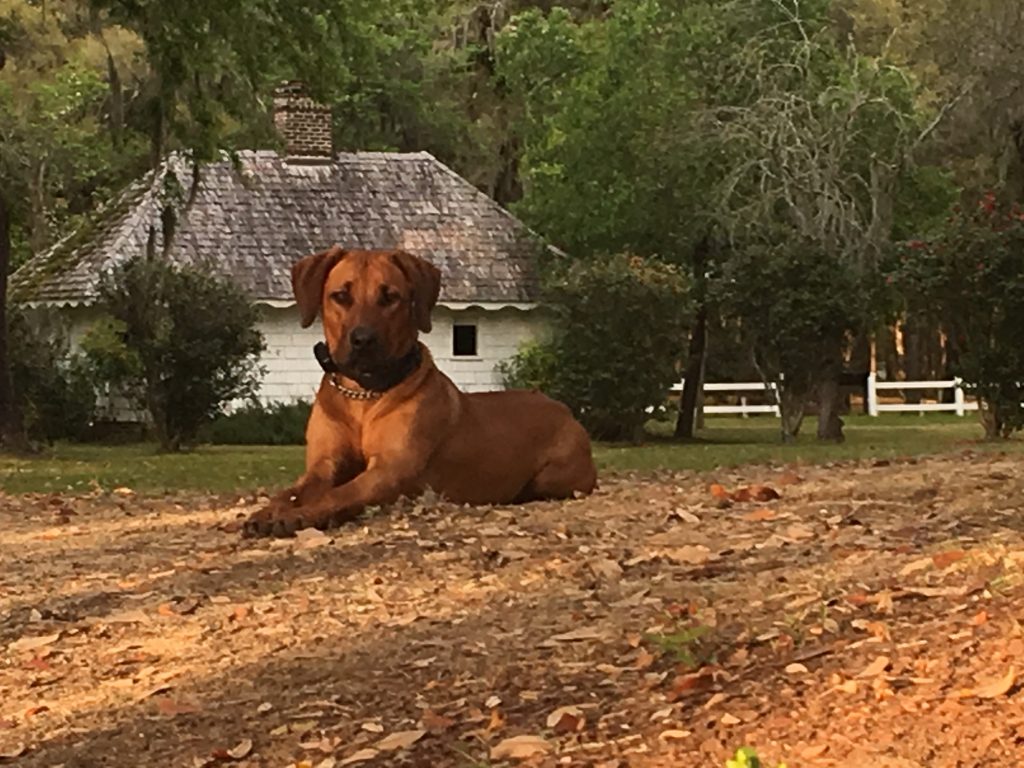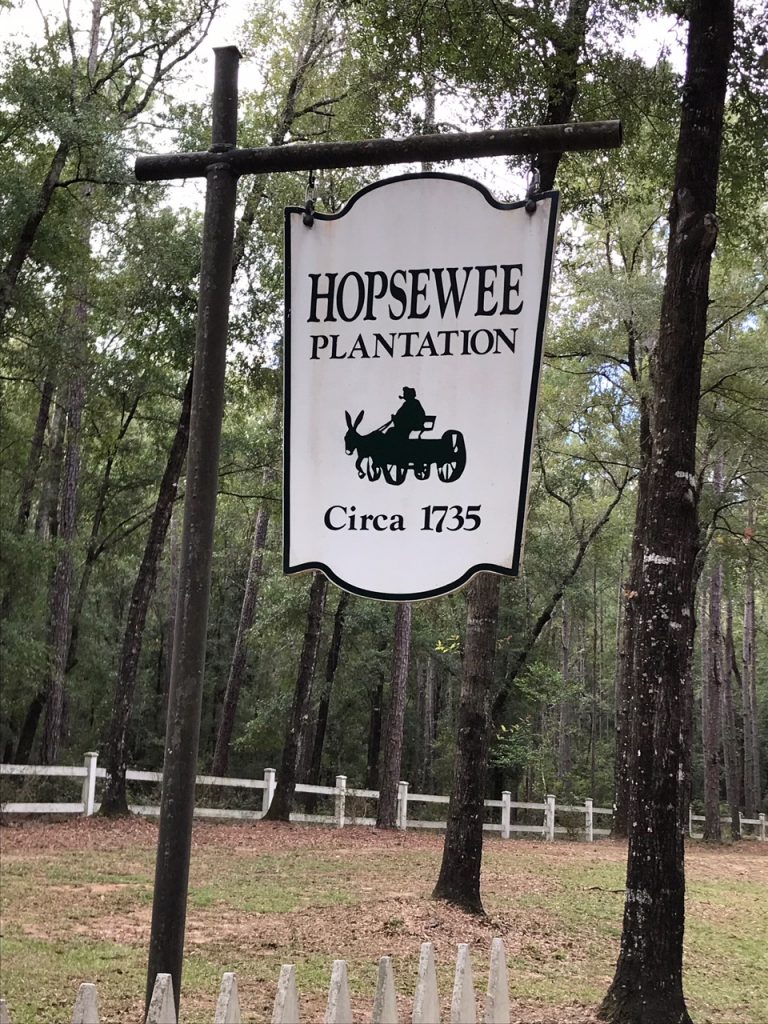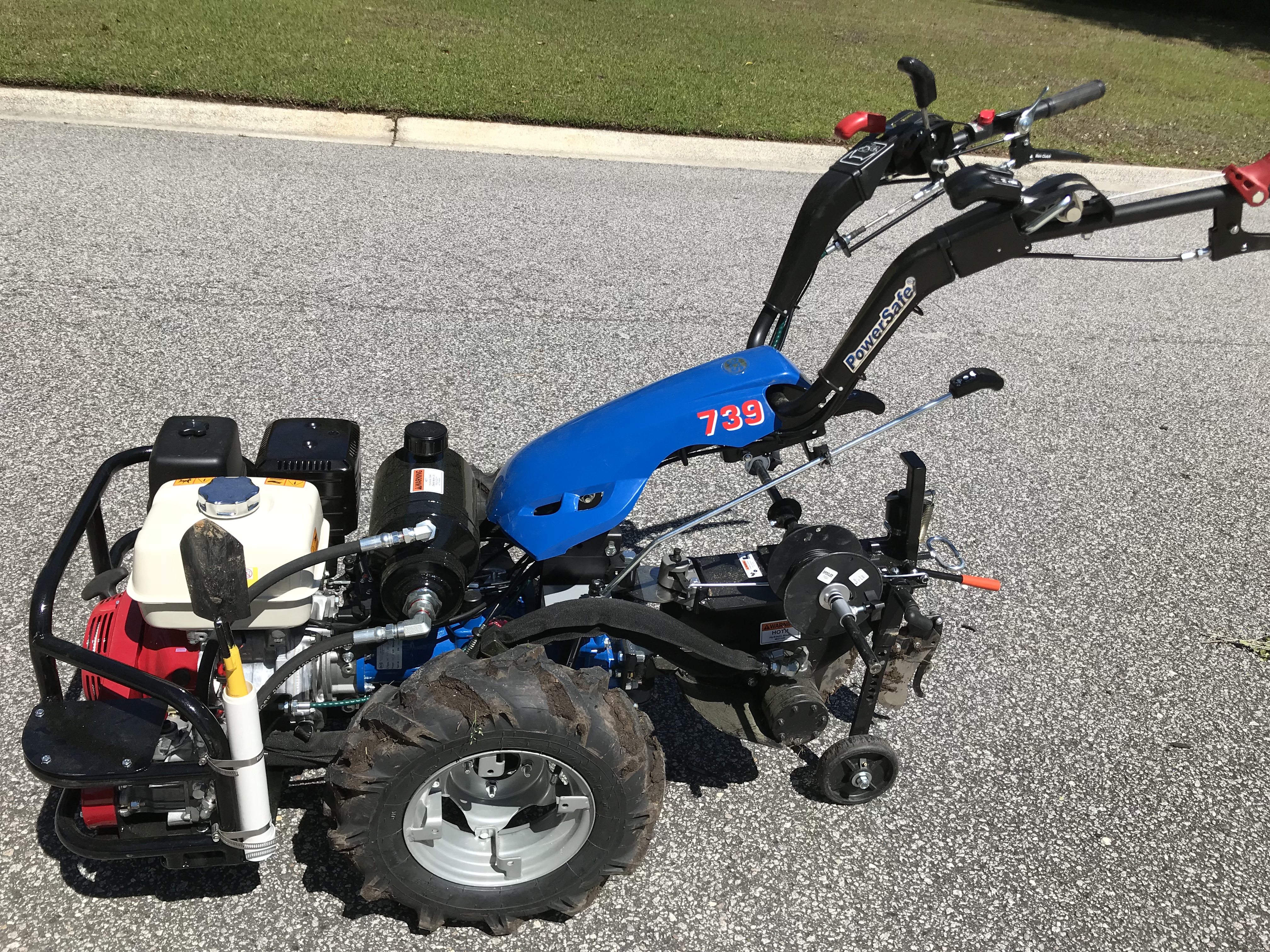2-Loop Switchable Fence at Historic Hopsewee Plantation
Back in the spring of 2018 I got a call from the Hopsewee Plantation in Georgetown, SC owned by Frank and Raejean Beattie. they had recently lost 2 of their dogs and needed a solution to keep any future dog(s) off the busy highway that abuts the property.
But this wasn’t any ordinary property. The plantation was built in 1735, 40 years before the American Revolutionary War. Hopsewee was a rice plantation back then and also the birthplace of Thomas Lynch Jr. a signer of the Declaration of Independence. With all the history and Miss Raejeans amazing cooking in the Tea Room the plantation draws a lot of tourists.
https://hopsewee.com/
The biggest challenge with this fence was figuring out a way to keep the dog(s) away from the guests during the day but also giving them full access to the property when the plantations closed.
What was finally proposed was a 2 acre loop on the back of the property and an 18 acre loop around the entire property that also encompassed the rear 2 acres.
Now if we fast forward to the fall of 2018 I finally got a call back from the plantation. Frank and Raejean had this beautiful new Rhodesian Ridgeback named Cicero and they were ready for the fence. We got the property wired and installed a switch in the garage next to Cicero’s pen so the owners can just flip a switch and control both loops.
It took a little training but Cicero quickly figured out when he could go from the small loop over the big loop and now is happy and free on his plantation.
In addition to the fence we also set Cicero up with a DogWatch SideWalker collar to keep him from pulling on the leash and a BigLeash remote trainer to help with Cicero’s selective hearing and other puppy issues.
If you find yourself in Georgetown, SC stop by and check out the plantation and those amazing desserts in the Tea Room.

2 way switch to control both loops 
My buddy Cicero 


